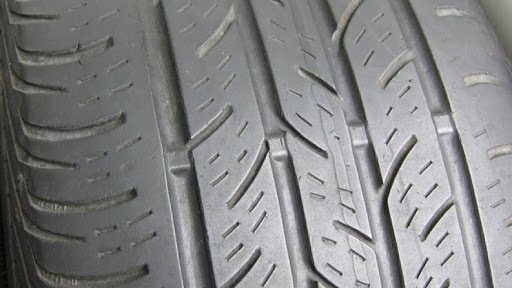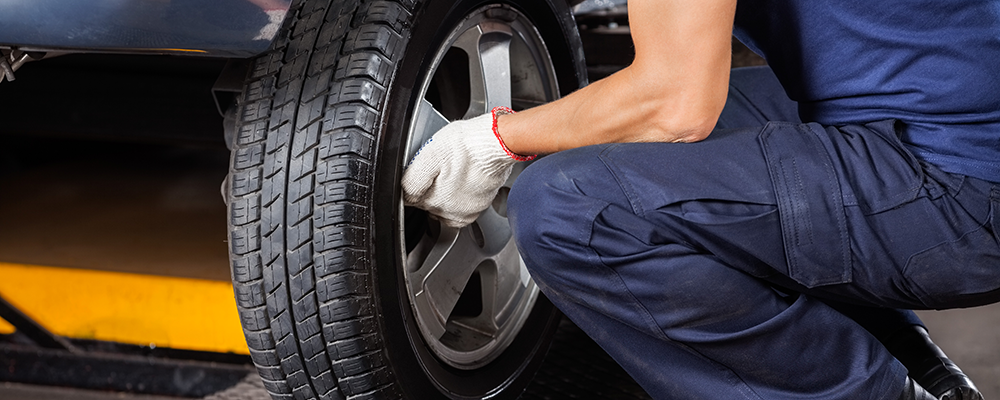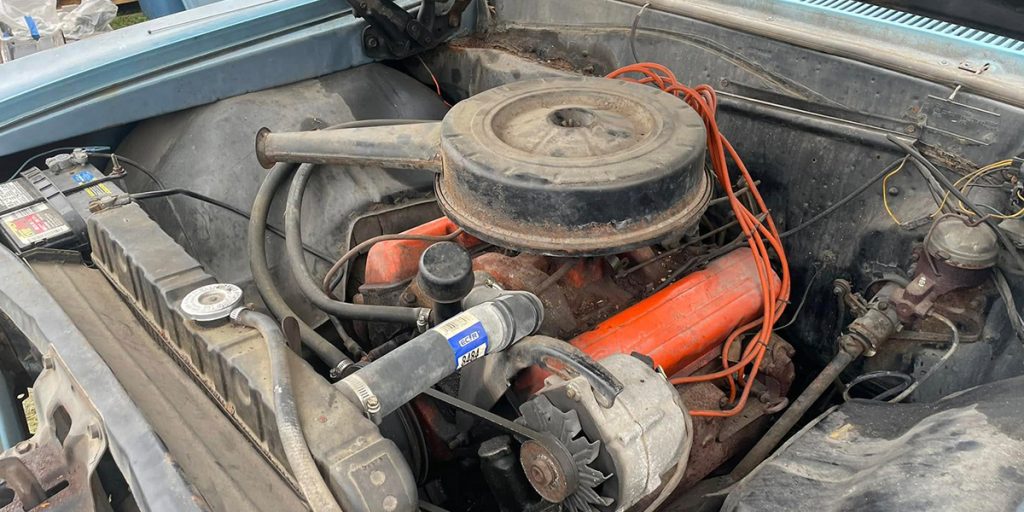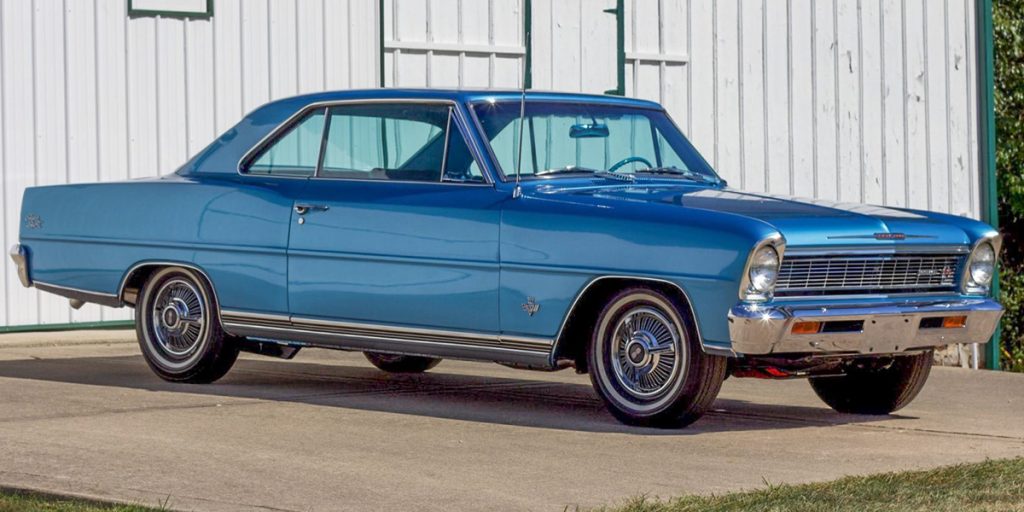
Muscle Cars of the ’60s and ’70s Shaped the Global Automotive Industry
American muscle car’s didn’t just change the automotive landscape in America, it changed the global automotive industry forever. Born from a perfect storm of post-war
A frequent question among car owners is, “When is it time to change the tires on my car?” Knowing the right time to replace your tires is crucial for ensuring safety and performance on the road. There are some key indicators that signal when it’s time for new tires.
One of the primary indicators for replacing car tires is the tread depth. Most new tires start with a tread depth of around 10/32″, though this can vary depending on the tire type. Tires are considered worn out and should be replaced when the tread depth reaches 2/32″. This is also the legal limit in many US states. Driving with tread depths below this threshold can lead to issues such as uneven wear and compromised safety.

It’s important to regularly check the tread across the entire surface of the tire. Uneven tread wear can be a sign of other issues, such as improper alignment or inflation. Tires should ideally wear evenly, but external factors can cause irregular wear patterns like cupping, patchy spots, or one-sided wear. Tires that have reached the 2/32″ wear bars and show signs of uneven wear need to be replaced to maintain traction and safety on various road surfaces.
The typical tread depth for new passenger car tires is 10/32″, but this can differ for other tire types. For example, off-road tires may start with a depth of up to 16/32″. Regardless of the initial depth, it’s recommended to replace tires when the tread reaches 2/32″ to ensure maximum safety.
Interestingly, commercial tires can have even deeper tread depths. These tires should be replaced sooner, typically when the tread depth reaches 4/32″. Keeping track of tread depth is essential to maintain safe driving conditions.
A simple and effective method to check tire tread depth is the penny test. Place a penny with Lincoln’s head facing down into the tread groove. If the tread covers Lincoln’s head, your tires are still in good condition. If you can see the top of Lincoln’s head, it’s time to replace your tires.
For a more accurate measurement, you can use a tire tread gauge, which can provide a precise reading of your tire’s tread depth.
Some tire manufacturers include built-in tread wear indicators. For instance, General Tires feature a “Replacement Tire Monitor” system where the tread pattern displays the phrase “Replace Tire” once the tread has worn down to a certain level. This makes it easy for drivers to visually monitor their tire wear and know when it’s time for a replacement.
Tire age is another crucial factor in determining when to replace your tires. Tires generally have a lifespan of about six years from the date of manufacture. The manufacturing date can be found in the DOT number on the tire’s sidewall, which indicates the week and year the tire was made. For example, a tire with a DOT number ending in 2121 was manufactured in the 21st week of 2021.

It’s important to note that tires may spend several months in storage before being sold. Therefore, when buying new tires, it’s not necessary to have the most recent manufacturing date, but a newer DOT number is often preferred for longer usability.
Worn-out tires can lead to various driving issues, including:

Several factors can speed up tire wear, including:
Regularly inspecting your tires can help you spot the signs of wear:
When selecting new tires, consider where and how you’ll be using them. Decide between summer, winter, or all-season tires based on your driving conditions. Additionally, check the tire’s DOT number to ensure you’re getting relatively new tires. Budget can also play a significant role, so look for deals on quality tires that fit your needs.
It’s generally recommended to replace all four tires at the same time to ensure even wear and balanced performance. If you opt to replace only two tires, place the new ones on the rear axle to maintain stability and traction.

Replacing a tire typically takes between 5-15 minutes, and changing all four tires may take about an hour at a professional shop. Doing it yourself can take longer, especially if you lack the necessary tools and experience.
The cost to replace a tire varies, with mounting and balancing fees ranging from $15-$60 per tire. This is in addition to the cost of the tires themselves.
For a wide selection of replacement tires and competitive pricing, consider using an online retailer like Priority Tire or Tire Rack, which offers convenient options for various vehicle types and delivers tires directly to your door. There are plenty of local tire shops as well to source tires from.
For more information on tires or if you need help figuring out if your tires need to be replaced, hop on SS396.com or give our friendly techs a call at (203) 235-1200!

American muscle car’s didn’t just change the automotive landscape in America, it changed the global automotive industry forever. Born from a perfect storm of post-war

When it comes to restoring or verifying the originality of your Chevelle, correctly identifying the small block under the hood an important step. After all,

The golden era of American muscle cars was defined by bold styling, big horsepower, and a relentless pursuit of speed. Chevrolet was right in the
